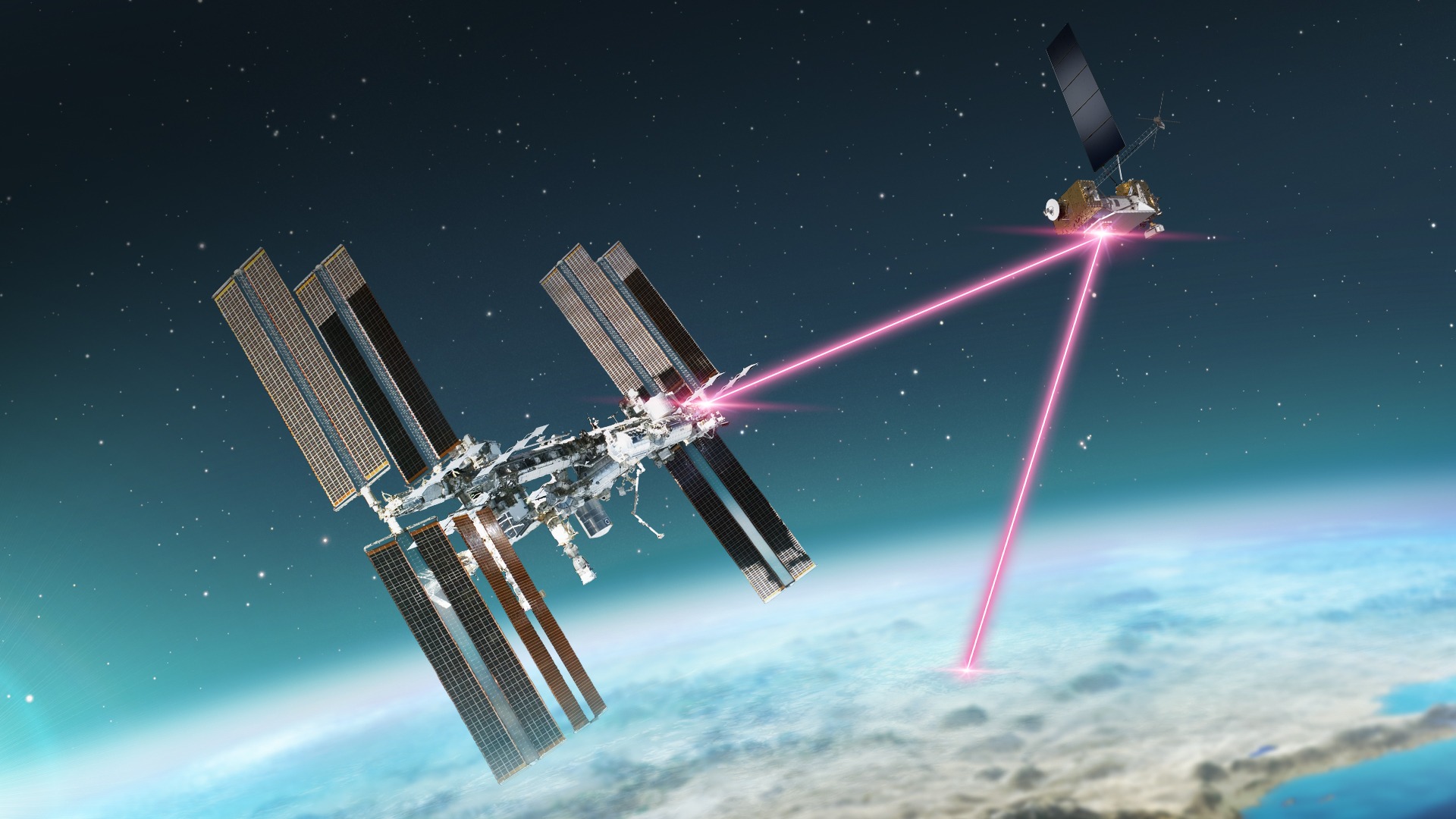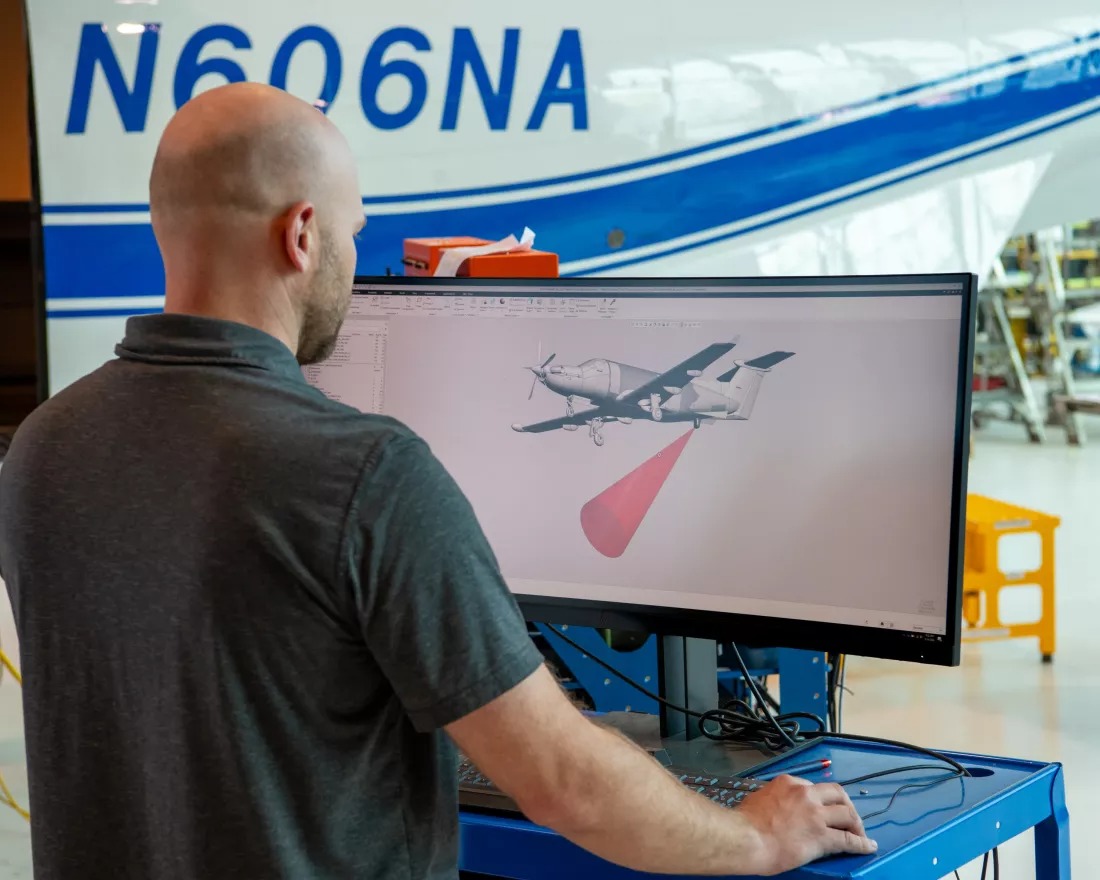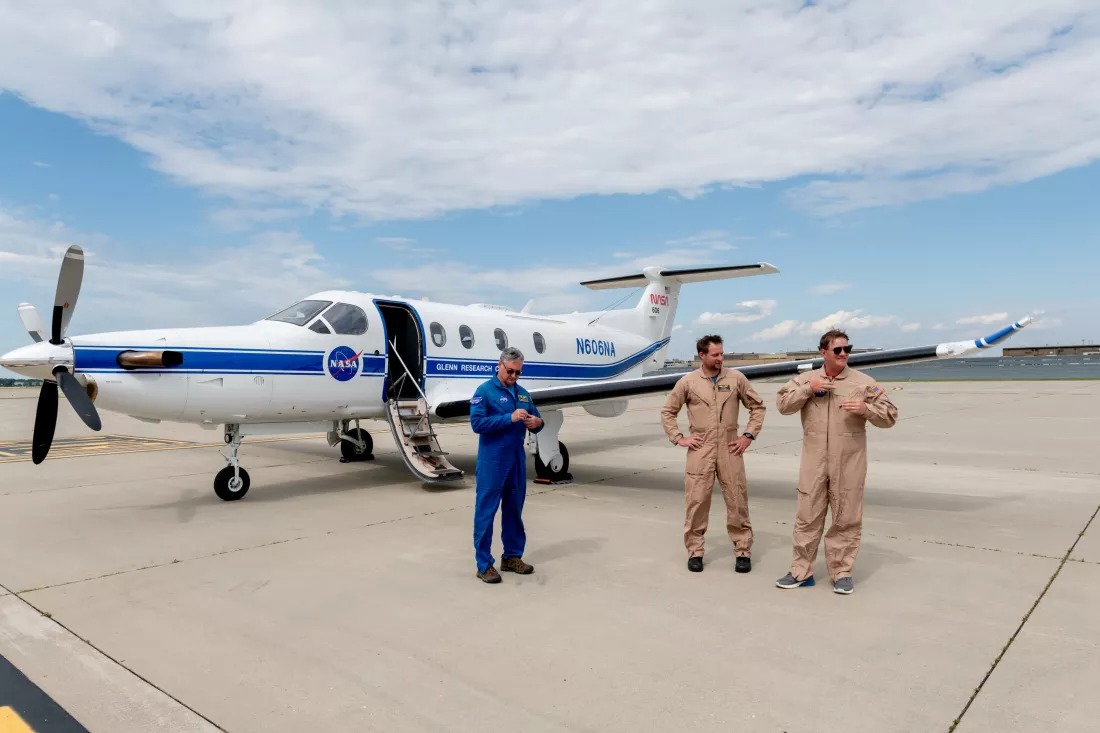Mankind is studying the Solar System more and more actively every year. But while the photos sent by spacecraft are already more or less of high quality, the video often looks like a pixelated mess, which spoils the impression. However, that could change thanks to new developments from NASA. The space agency has successfully transmitted 4K video from an airplane to the International Space Station (ISS) and back to Earth at speeds faster than most home Internet connections.

NASA is developing optical communications using infrared light signals instead of radio waves. As part of the testing, the laser terminal, which was mounted on a Pilatus PC-12 airplane, transmitted 4K video while flying over Lake Erie to a ground station in Cleveland, Ohio.
The video signal traveled through NASA’s facility in White Sands, New Mexico, and was sent into space using infrared lasers to the Laser Communications Relay Demonstration (LCRD) satellite. Then the LCRD transmitted the data to the ISS, where a special ILLUMA-T terminal returned the data back to Earth. Despite the long distance, NASA reports data transfer speeds of more than 900 Mbps, which is more than ten times the average home internet speed in Ukraine – 80 Mbps as of 2024. Previously, the maximum speed of optical data transmission on the ISS was 600 Mbps.

NASA hopes the technology will make it possible to transmit high-definition video from future Artemis missions to the moon. Laser communication can transmit data 100 times faster than traditional radio.
“We can now build upon the success of streaming 4K HD videos to and from the space station to provide future capabilities, like HD videoconferencing, for our Artemis astronauts, which will be important for crew health and activity coordination,” said Daniel Raible, project manager at NASA Glenn.

Although ILLUMA-T is no longer on the ISS, NASA will continue to test 4K streaming capabilities in July with this aircraft. The goal is to develop a laser link to broadcast future missions to the Moon as part of the Artemis program. Thanks to this, we will be able to enjoy crystal clear footage of astronauts on our natural moon 380,000 kilometers away from Earth.
We previously reported on how Starlink’s $1.25 million tariff offered 8Gbps internet access.
According to techspot.com


